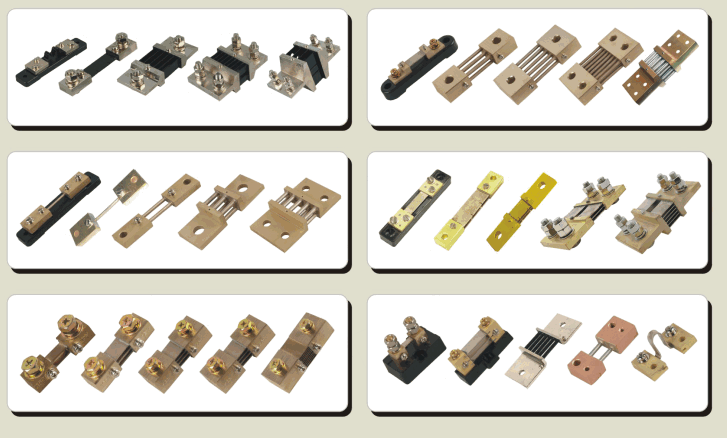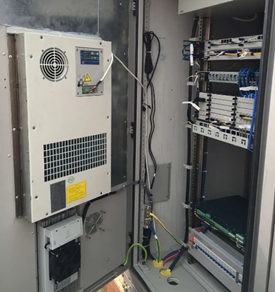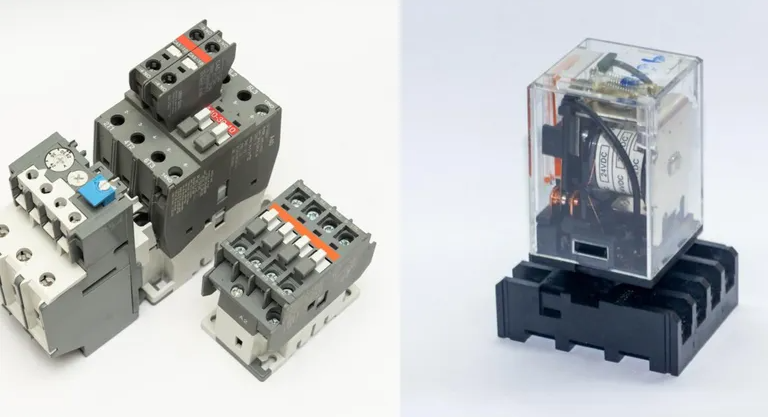What is an electrical shunt used for? It is widely used to measure or monitor electric current in electrical and electronic systems where the measurement or monitoring of electric current. Some common applications are the following:

DC Digital Amp Meter: Current shunts are a fundamental component in ammeters used for measuring electrical current. They provide a known resistance through which current passes and the voltage drop across the shunt is used to calculate the current flow.
DC Panel Meters: The electrical shunt is combined usage with DC panel meters according to the rated voltage drop without adjustment. The shunt is typically connected in parallel with the load, allowing a fraction of the current to pass through it. This current flows through the shunt resistor and generates a voltage drop, which can be measured by a DC digital ammeter. The ammeter is calibrated to display the actual current passing through the load by considering the known resistance of the shunt.
Battery Management Systems: In electric vehicles, uninterruptible power supplies (UPS), and renewable energy systems, current shunts are used to monitor the charging and discharging currents of batteries. This is crucial for battery health management and safety.
Motor Control: Current shunts are used in motor control applications to measure and control the current supplied to electric motors. They help prevent overloading and ensure the motor operates within safe limits.
Power Distribution and Circuit Protection: Current shunts are employed to detect overcurrent conditions and trigger circuit protection devices like circuit breakers or fuses. They help protect circuits and equipment from damage due to excessive current.
Energy Monitoring and Management: In energy management systems and smart grids, current shunts are used to measure current and monitor energy consumption in various electrical loads and power distribution networks.
Industrial Automation: Current shunts play a crucial role in industrial automation systems, helping to monitor and control current manufacturing processes, control systems, and machinery.
Electroplating and Electrolysis: Current shunts are used to control and monitor the current in electroplating and electrolysis processes. They ensure precise deposition of metals and efficient chemical reactions.
Power Electronics: In power electronics applications, such as motor drives and inverters, current shunts are used to monitor and control current to achieve efficient power conversion and motor control.
Research and Testing: Laboratories and research facilities use current shunts for various experiments, testing, and research activities, especially when precise current measurements are required.
Solar and Wind Power Systems: Current shunts help monitor and optimize the current output from solar panels and wind turbines in renewable energy systems.
Electric Vehicles: In electric vehicles, current shunts are used to monitor and control the current in the charging and discharging of batteries, as well as for controlling the electric drivetrain.
Railway Systems: Current shunts are used in railway systems for current measurement and control in traction systems, ensuring safe and efficient operation.
Welding Equipment: Current shunts are used in welding equipment to monitor and control the welding current, ensuring proper weld quality.
These are just some examples of the many applications of current shunts in various industries and systems. They are a fundamental tool for measuring, monitoring, and controlling electrical current in a wide range of scenarios.






